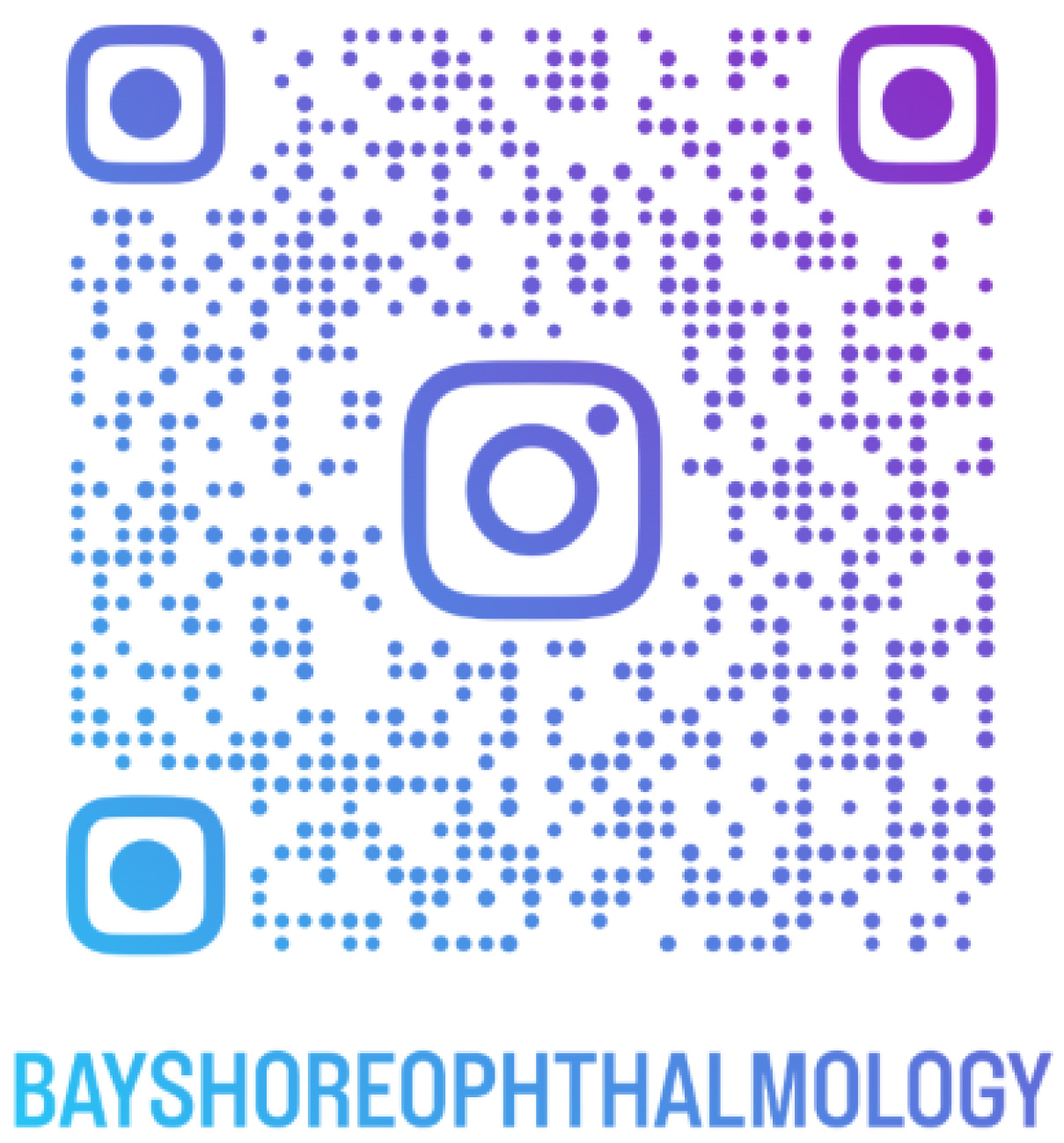During cataract surgery, your ophthalmologist removes your eye’s cloudy, natural lens. That lens is then replaced with a clear, artificial lens called an intraocular lens or IOL. This tiny, flexible plastic lens is less than half the size of a dime.

Today there are different types of IOLs available to replace your natural lens. These include monofocal, multifocal, accommodative and toric lenses. Each of these types of IOLs affects how you see without glasses. Before your cataract surgery, you and your ophthalmologist will discuss the different types of IOLs and together decide which is best for your needs.
Monofocal IOLs
The most commonly used intraocular lens is called a monofocal lens. This type of lens offers you clear vision at one distance: either near (reading), mid-range (computer) or far (driving). With this type of lens, you will have to wear glasses for good vision at the other distances.
The majority of those with monofocal lenses choose to be corrected for good distance vision without glasses. This is helpful for driving, playing golf, and other distance-focused activities. These people will wear glasses for reading, computer work and other close tasks.
It also possible to have a monofocal IOL set for near vision. This lets you read without glasses. With this option, you would need glasses to see well to drive or focus on other distance activities.
Extended Range of Vision Lens (Symfony)
TECNIS Symfony® IOL is the first and only presbyopia-correcting extended range of vision IOL. It delivers a continuous full range of high quality vision with reduced incidence of halos and glare comparable to a traditional multifocal IOL.
This FDA approved lens is designed to allow viewing of objects far, up close and in between, restoring a patient’s range of vision after cataract surgery without the need for glasses. This includes activities such as driving, reading, and working on the computer.
Multifocal Lenses (ReStor and Tecnis)
Some IOLs provide clear vision at more than one distance making you less dependent on glasses or contact lenses. One of these IOLs is called a multifocal lens, which can give you both good distance and near vision without glasses.
The surface of a multifocal lens is divided into specific zones, each of which focus light differently. Depending on which part of the lens you look through, both near and far vision can be clear.
A possible side effect of this lens is glare, like when driving at night. Most people adjust to glare, but a small percentage of people have difficulty.
Accomodative Lenses (Crystalens)
An accommodative lens can also help you to see more than one distance without glasses. This type of lens works with the eye’s natural focusing muscles (ciliary muscles). The lenses move with the ciliary muscles. That lens movement adjusts focus and helps you to see clearly at different at more than one distance without glasses.
After surgery with an accommodative lens, most people will need over the counter reading glasses to read fine print.
Monovision for Presbyopia
Monovision is another way to have good vision at different distances without using glasses. With this technique, your surgeon will put monofocal lenses in both eyes. One IOL will be corrected for near or mid-range vision and the other will be corrected for distance vision. The brain will ignore the vision in the eye not being used.
You would need to try monovision with contact lenses prior to having cataract surgery. Some people adapt well to this difference in focus, but others do not.
Toric IOLs for Astigmatism (ReStor and Tecnis)
Astigmatism is blurry vision caused by an irregularly shaped cornea. If you have astigmatism, you will still have it after cataract surgery unless additional steps are taken. If you have a significant amount of astigmatism, and want better vision without glasses there are some options.
One way to improve blurry vision caused by astigmatism is with a toric IOL. This is a monofocal IOL that corrects vision the same way glasses do for astigmatism.
Another way your surgeon can treat astigmatism is through limbal relaxing incisions (LRIs). LRIs are tiny incisions that help to reshape the curve of your cornea.
TRY THE TECNIS VISION SIMULATOR
Accommodative Lens for Astigmatism (Trulign)
There is also an accommodative lens available for patients with astigmatism. This is for patients with astigmatism that are also looking for better vision at different distances without glasses.
What to Consider When Choosing an IOL
Think about your lifestyle and vision needs
You should decide how important it is for you to reduce your dependence on glasses after cataract surgery. For example:
- You want to be able to see distance objects clearly without glasses, but do not mind wearing eyeglasses for reading or computer work. If this sounds like you, a traditional monofocal lens may be fine for you.
- You want to reduce how often you need to wear glasses. A multifocal or accommodative IOL might help you achieve this.
- You have significant astigmatism. A toric IOL might be your best option.
Consider costs
You also have to think about cost when choosing your IOL.
Most insurance companies, including Medicare, Medicaid and commercial policies cover only the cost of a traditional monofocal lens along with cataract surgery. Special, IOLs that allow you to have better without glasses, and often at more than one range of vision are not considered medically necessary. For this reason, their additional cost is not covered by health insurance. The cost of these special or premium lenses must be paid out of pocket by the patient.
Know the risks and possible complications
Cataract surgery has an extremely high success rate. However, as with any surgery, risks and complications are possible. Your ophthalmologist will discuss with you the risks and benefits of cataract surgery as well as the lens options.

